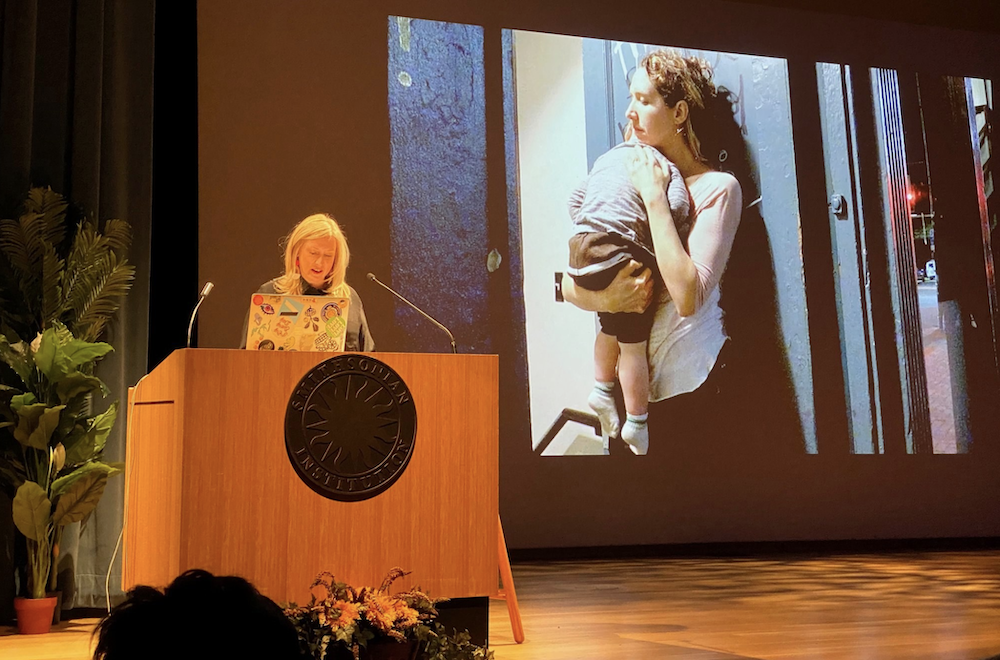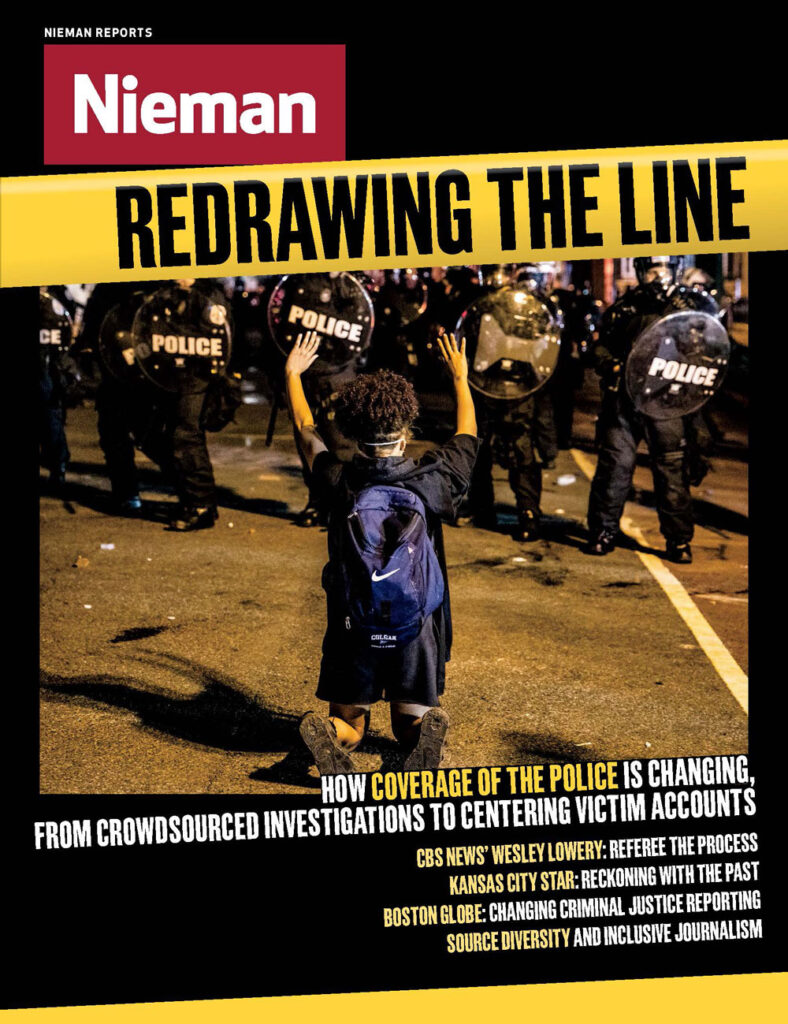When I first set out to make “Out of the Picture,” a documentary film about art critics, my motivation was personal. I wanted to understand a profession that seemed to be collapsing as I was coming into it.
I wondered what would happen to other art critics, consequential voices I cared about, at a time when newsroom downsizings and critic departures were routine. I wanted to grapple with what was happening to art and media, and what this period of change might mean for all of us.
Back then, about a decade ago, I was an art critic working at the Milwaukee Journal Sentinel, which gave me its blessing to embark on this journey. What I was attempting would be hard, I knew. Art critics do not live inherently cinematic lives, after all. Think about what we do. We look at things and quietly contend with our experiences at keyboards. We fall into our beds at night with laptops, exhibition catalogues and swirling brains. It makes for a riveting internal life, to be sure. But action adventure it is not.
Still, my journalistic gut had kicked in. I took a leap of faith, put together a team and began pointing cameras at the lives, work and thinking of a select group of critics. We followed Jen Graves through the underground art scene in Seattle and Carolina Miranda to a mountain-top “dashboard Jesus” outside of Tijuana. We witnessed Jeneé Osterheldt experience artful acts of memory at the intersection where George Floyd was murdered, and we were there when Hrag Vartanian invented the term “blogazine” for his then fledgling website, Hyperallergic.
Near the end of my Nieman year, I also went deeper into this research and conducted a survey of more than 300 visual arts journalists, which revealed a lot about the power structures of the field. The findings, which were published in a series of articles for Nieman Reports, informed the narrative we were shaping. We began to ask more questions about who is and is not equipped to engage the work of today’s most relevant artists—formally, culturally and politically.
Ironically, the film got more of my focused attention after my own job was eliminated in a systemwide downsizing by Gannett in early 2019, which, yes, we did film. Since then, I’ve been working with our editor to cut scenes and an assembly, essentially a rough draft of the final film.
As I write this, I am preparing for a cross-country journey to complete principal photography for “Out of the Picture.” Over the next few months I’ll work with local teams, using industry-accepted Covid protocols, to shoot several of our subjects for the last time (you can follow along via my Instagram feed).
As our cameras have rolled over the years, some of the critics we’ve followed have risen to become essential voices for their generation, and we witnessed a turning point for both culture and media, too. We hope “Out of the Picture,” slated to be complete in late summer, will prompt a national conversation not only about an ostensibly esoteric subject—the American art critic today—but also the nature of art and how meaning gets made in the 21st century.




